Dear friends, In this week’s letter, we talk about designing a photo book cover and how to write a design brief for a designer. To break up the text, I’ve included a few Hasselblad shots from this past summer in Amsterdam. Like this one. Housekeeping
How to Write a Clear Brief for Your Designer: Getting Started on Your Photo Book CoverWhen you're working on a photo book, the cover is more than just the first thing people see—it's the introduction into the world you've created. A good cover gets noticed and tells a story all on its own, setting the tone before anyone opens the book. And that starts with a strong design brief. A design brief is your blueprint. It’s a way of giving your designer a clear roadmap for what you’re trying to achieve. I like to think of it like having a conversation in which I get very clear about my artistic vision, our limitations, my inspiration, and any technical information the designer will need. Since a designer is also an artist and a crafts person, and this is a collaboration, I also want to make sure there is enough space for them to bring their own creativity into the mix. I think of a brief as thoughtful, flexible guidance rather than a strict assignment. So, what makes a strong brief? Here are a few things I always include when writing one:
A brief doesn't have to be overly formal or rigid. In fact, the best ones feel like a conversation—a chance to get the designer on the same page with you about what you're both trying to create. For my upcoming book NOTICE Journal, Volume One, here’s the brief I sent to my designer, Maxwell George. It covers all the necessary bases but also allows the space to interpret and bring his own vision to the project: Project Brief: Cover Design for "NOTICE Journal, Volume One" Title: NOTICE Journal, Volume One Project Overview/Theme: Each volume will feature its own unique theme. Volume One explores the nostalgia of spring, using the season as a metaphor for rebirth after navigating a challenging period of major life changes. Design Objectives:
Limitations:
Book Content:
Technical Info:
Guideline:
Deliverable:
I put a lot of thought and research into this brief. Months of work came before I could even start the writing process. My goal was to make sure I fully understood the message and theme of my book so I could clearly convey it in a way that would be useful for Maxwell. Every element of this book has been carefully considered to help tell a story that is deeply personal to me. From the choice of paper, the color of the cover, the images, the type of printing, etc. The cover design is especially important, as it’s the first thing people see, and I want it to strike the right note, inspiring curiosity while beginning to communicate the message I want to share. A thoughtful design brief sets the tone for your collaboration with the designer. Being clear and decisive in your thoughts, and communicating them well, helps prevent the confusion and frustration that can easily come up in creative projects. It requires quite a lot of thought up front, but it makes the life of your designer so much easier. After The BriefLast night, I had an amazing video call with Maxwell to review his first sketches, and I was thrilled with the direction he chose. I can’t wait to share it with you next week. For now, here’s a small glimpse—a screenshot from the Zoom call where Maxwell presented his inspiration, drawing from the Amsterdam School of Design, de Stijl, and the work of Vilmos Huszár. This was step 9 in my series of how to make a photo book or zine. I hope you’ve found it helpful and inspiring to your own projects and getting the into print form, even if it’s just a few copies for yourself and your family and friends. In case you’re new here, I’ve included all previous steps below. How To Make A Book - In 15 StepsPrevious Steps: Step 1 ☼ Finding The Right Concept to Build a Book Around Thank you for reading. Process is the result of collaborative creativity. It’s written by me and supported by you—whether you read, share, comment, buy my books, hire me for portraits or mentoring, or become a paid subscriber: NEXT WEEK: I will share a preview of the actual book cover that came out of this process, talk about how I selected the printer, and I will reveal the preorder date of my upcoming photo book NOTICE Journal, Volume One! Keep shooting and take good care of yourselves and others. <3 Wesley PS If you’d like to support what I do here, consider ordering the brand new Process Work Book (free for members, €8.99 for non-members) and my photo book "NOTICE" (€39 for members with use of their Process Photo Club coupon, €69 for non-members). Gear & Tools UsedCamera: Hasselblad 500cm Film Stocks: Kodak Portra 160NC, Kodak Tri-X Shout out to MPB.com, my go-to place to buy, sell, and trade used cameras and lenses. I love their service and am a paying customer. MPB caters to over 625,000 visual storytellers and provides a 6-month warranty. Thanks for the support, MPB! <3 Lab: All my analog work is developed and scanned by my friends at Carmencita Film Lab. They’re my favorite lab in the world. Use code “PROCESS” to get a free upgrade. Can’t get enough Process? Browse the Process Archives. Visit the Process Photo Club members area for perks and more.
You're currently a free subscriber to Process by Wesley Verhoeve. For the full experience, upgrade your subscription. |
161 ☼ How To Design A Photo Book Cover
06:02 |
Assinar:
Postar comentários (Atom)



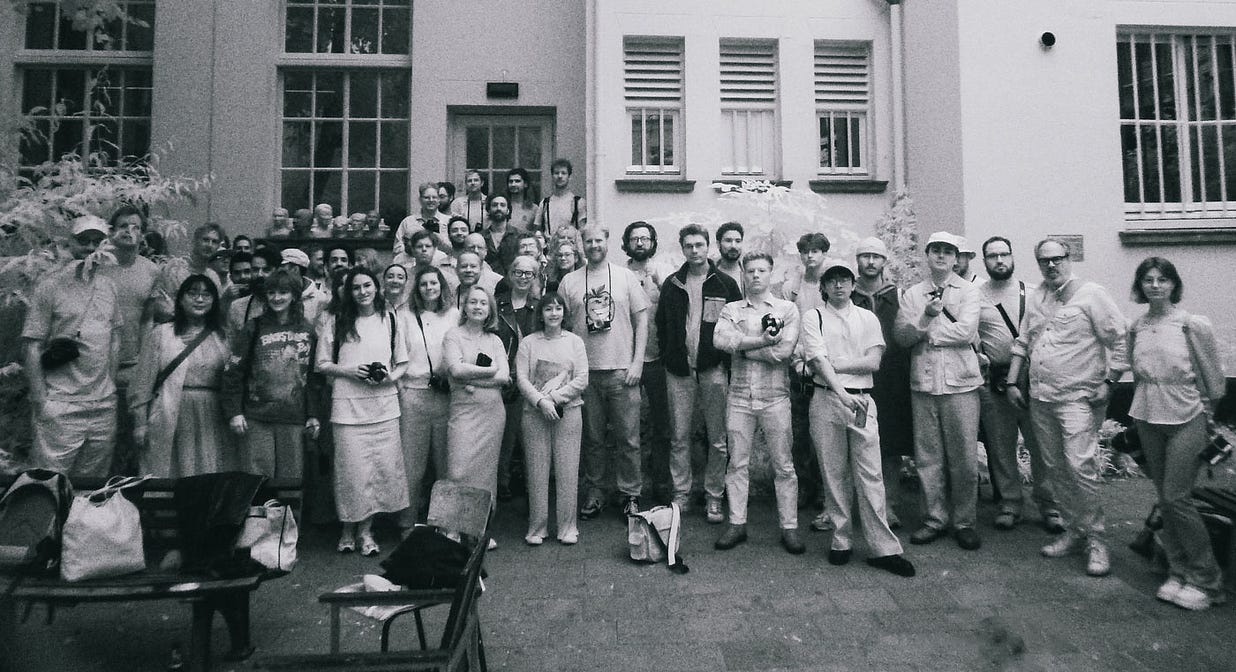

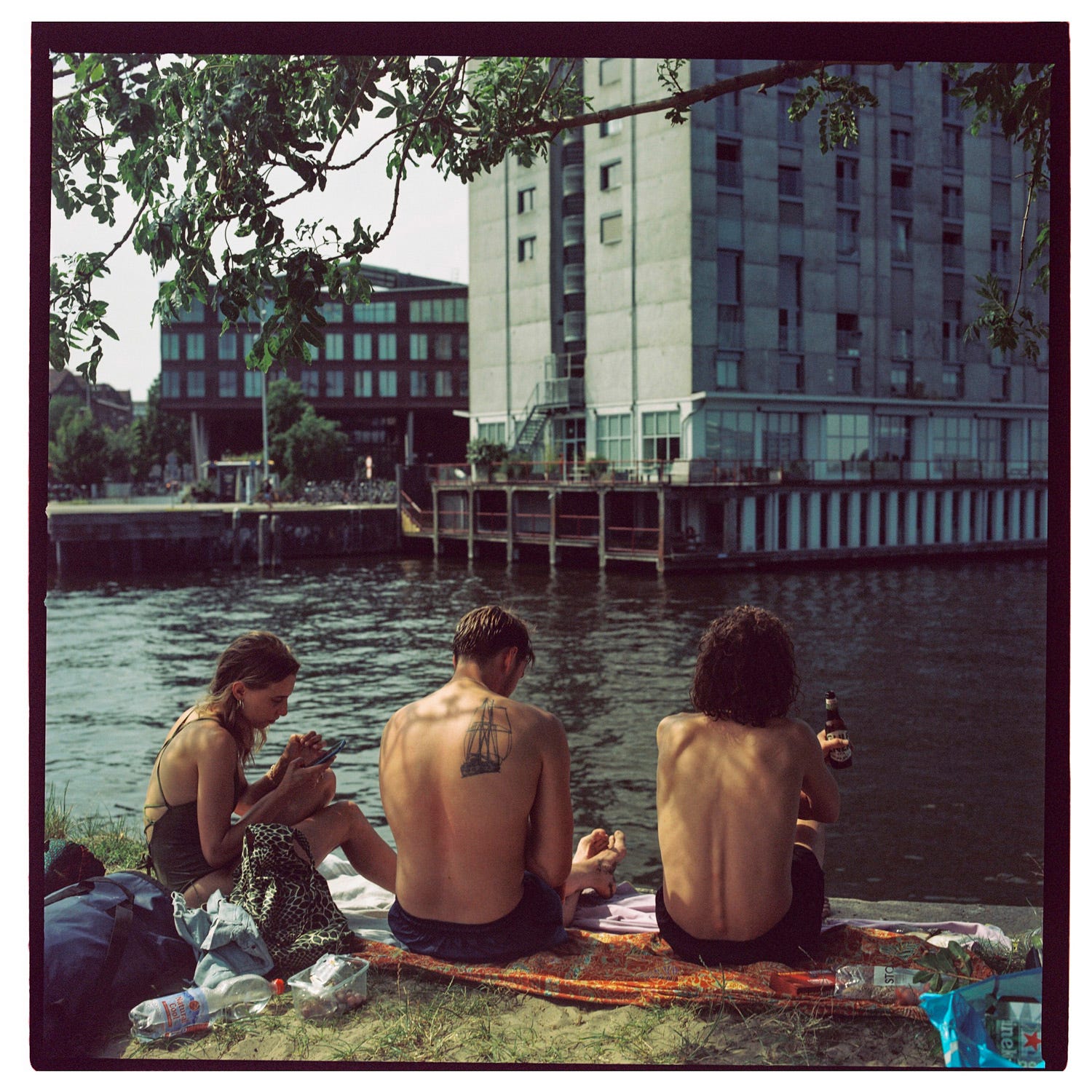
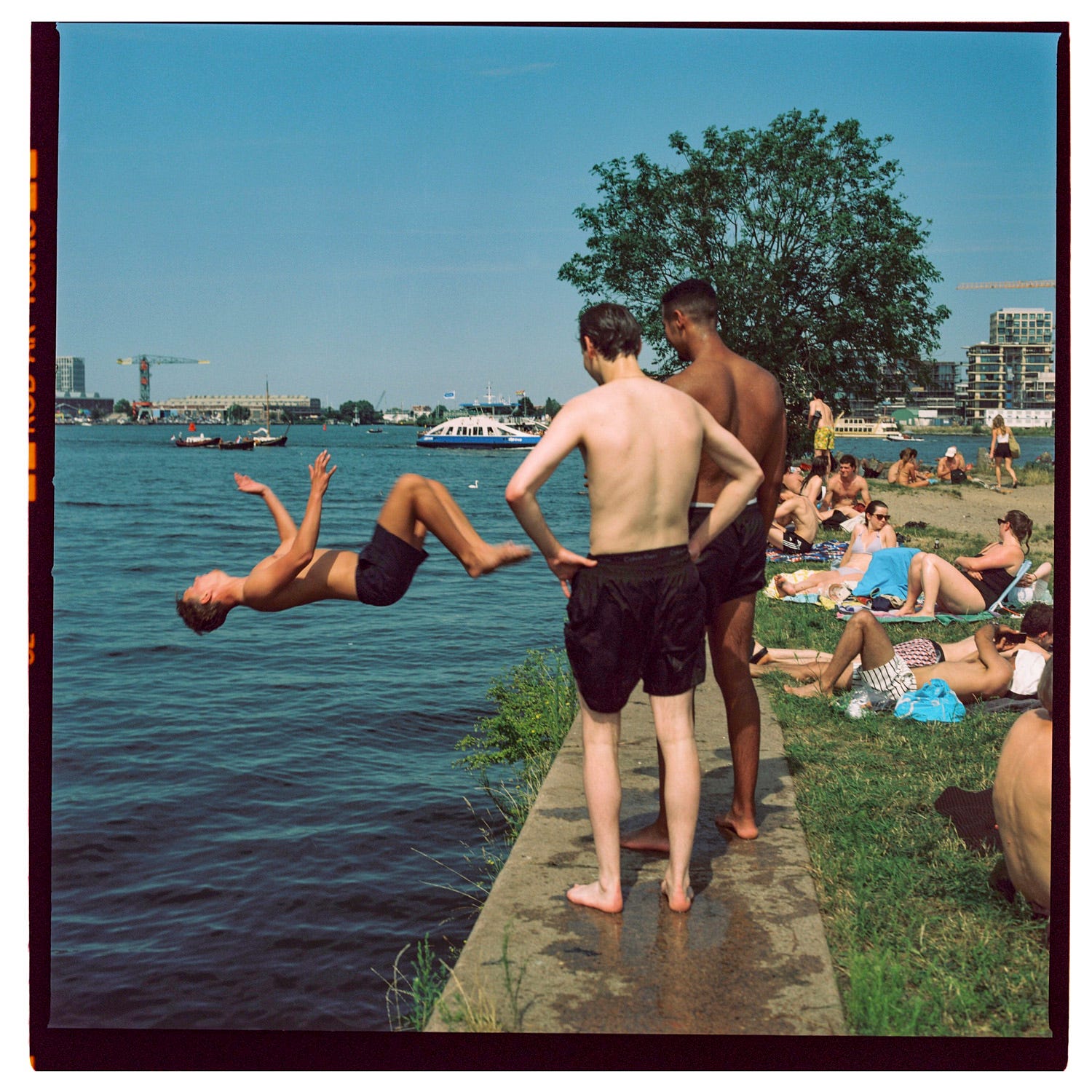
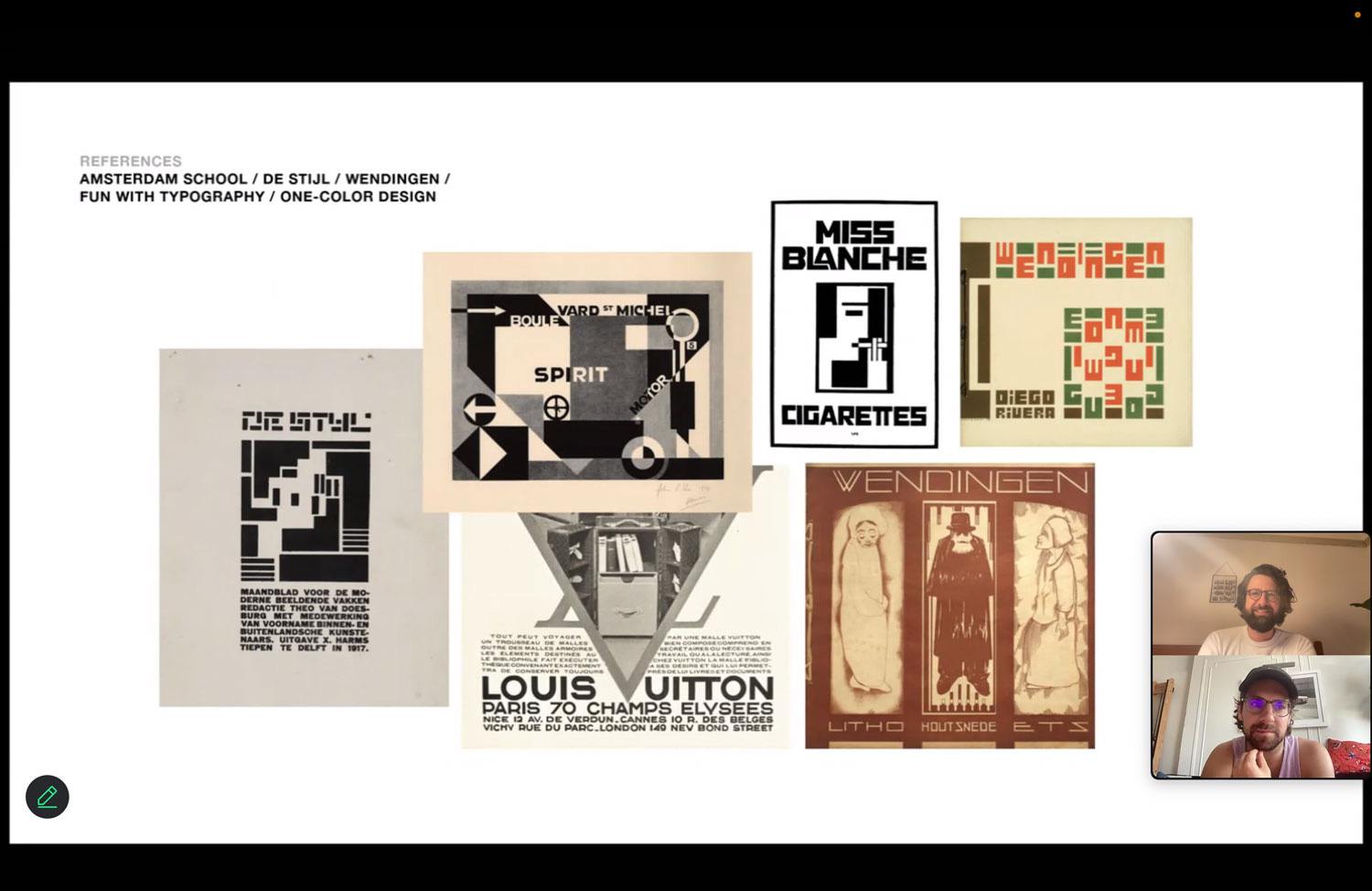
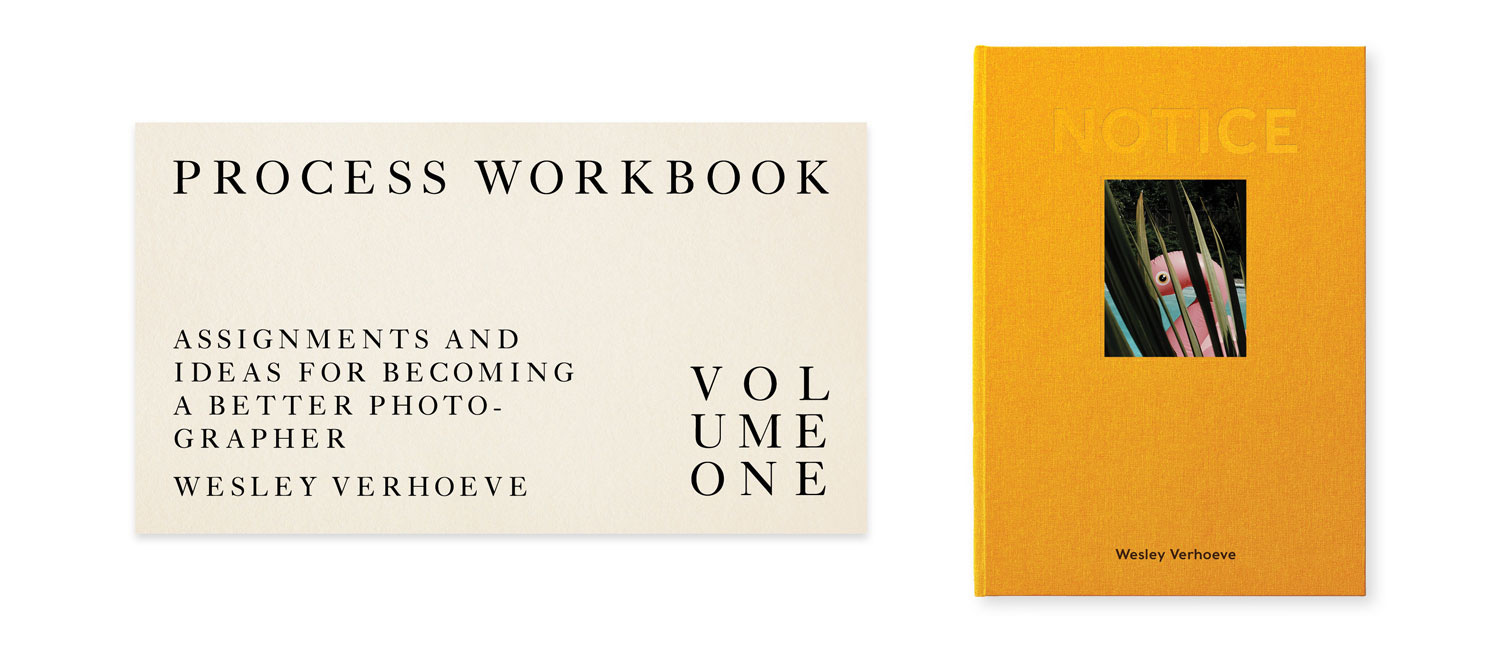
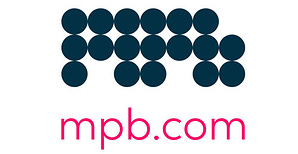





0 comentários:
Postar um comentário